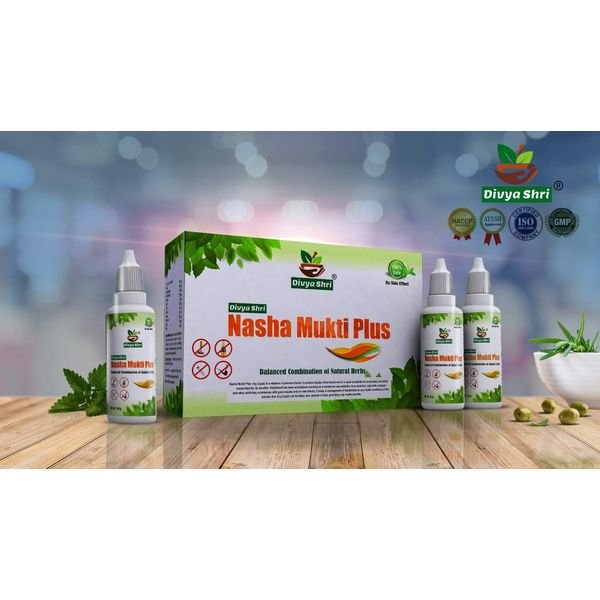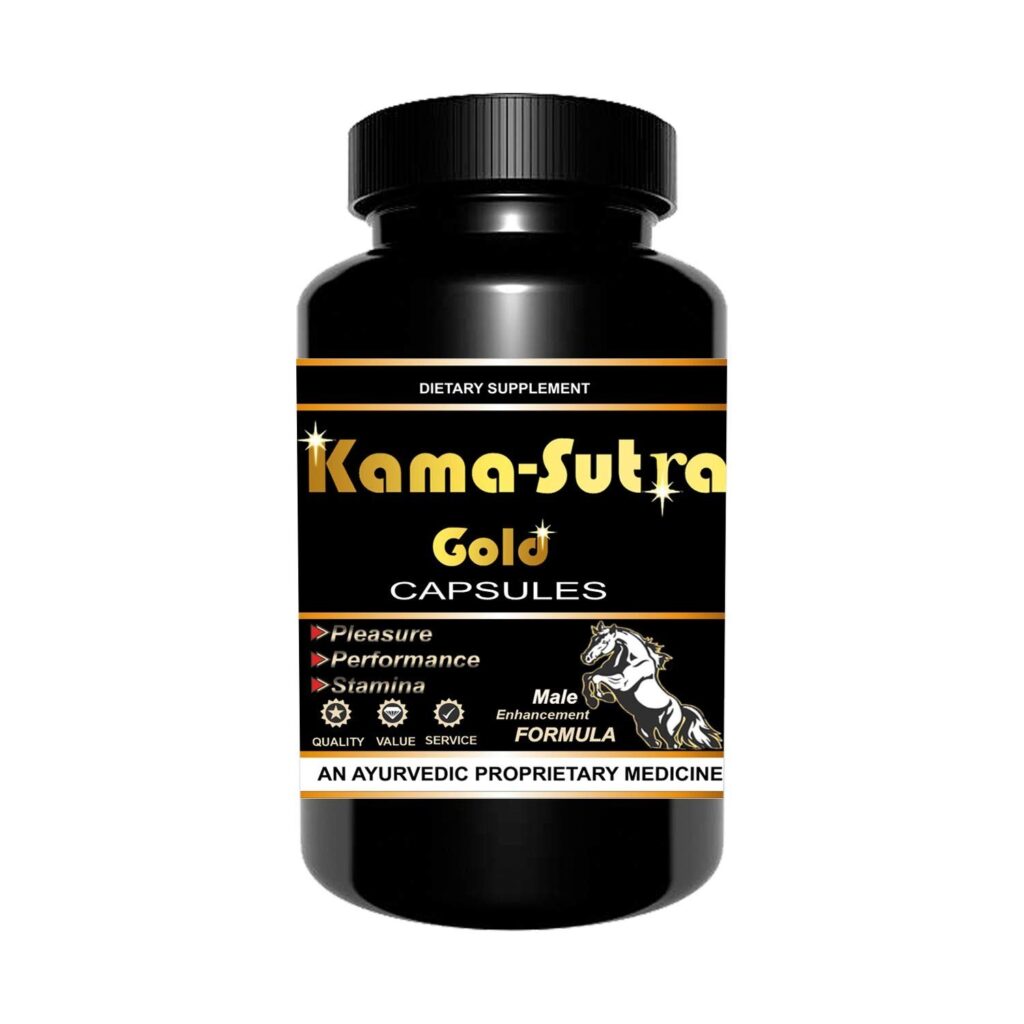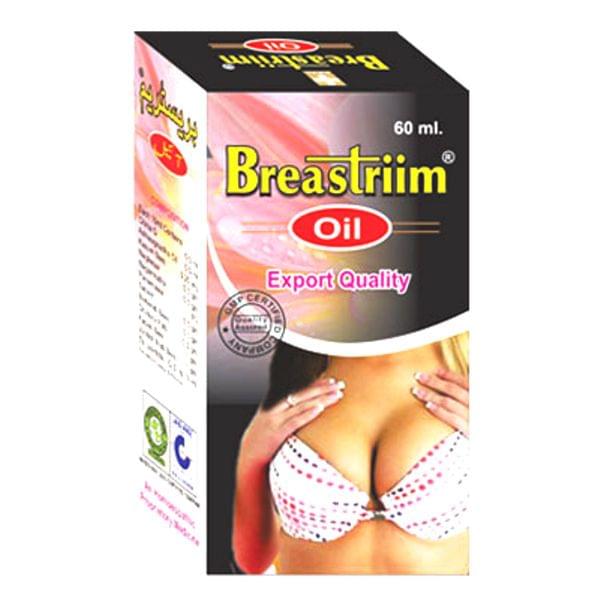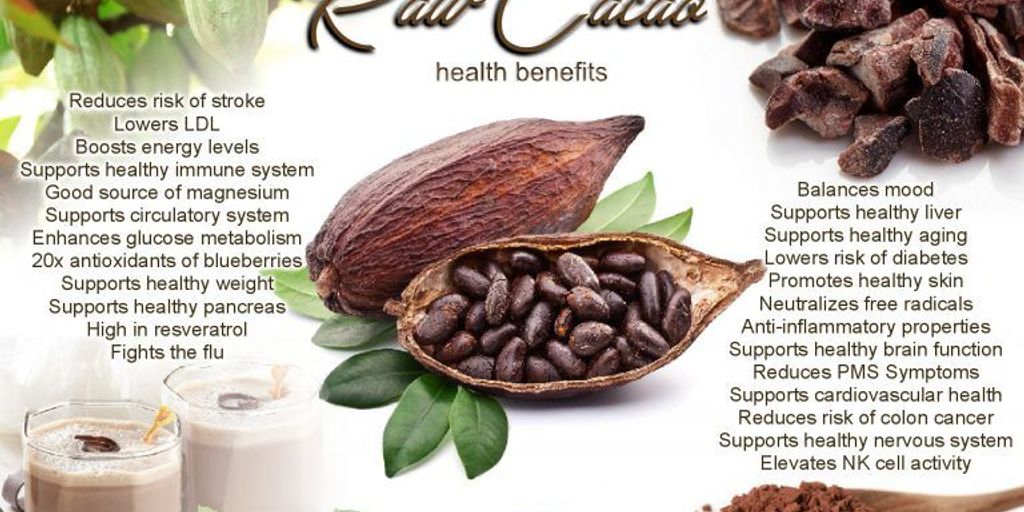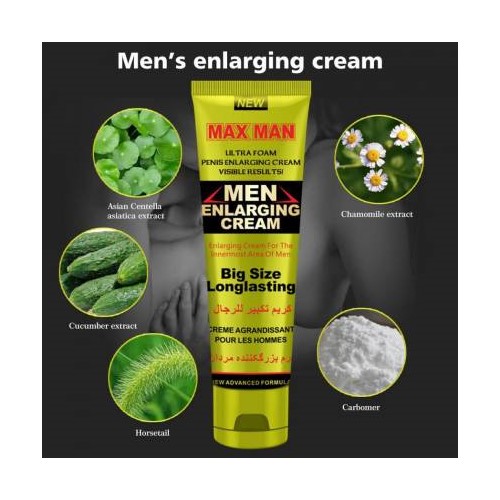Shringa Bhasma Baidyanath is an ancient Ayurvedic remedy that has garnered widespread acclaim for its efficacy in treating respiratory ailments. As a holistic treatment option, it is revered for its natural composition and therapeutic properties. This article delves into the marvels of Shringa Bhasma, exploring its origins, preparation, and the multitude of benefits it offers for respiratory health. Furthermore, it provides insights into its integration into daily life, the scientific evidence backing its efficacy, and the safety measures to be considered for its use.
Key Takeaways
- Shringa Bhasma Baidyanath is a traditional Ayurvedic medicine with a rich history and natural ingredients known for supporting respiratory health.
- The preparation process of Shringa Bhasma is intricate and adheres to ancient Ayurvedic protocols, ensuring its purity and potency.
- Clinical research and Ayurvedic experts both underscore the therapeutic benefits of Shringa Bhasma, particularly for respiratory ailments and immune support.
- Incorporating Shringa Bhasma into daily life involves understanding the recommended dosage, synergistic practices, and lifestyle adjustments for maximum benefit.
- While Shringa Bhasma is generally considered safe, it is crucial to be aware of potential side effects, contraindications, and proper usage guidelines to ensure safety.
Understanding Shringa Bhasma Baidyanath
Origins and Composition
Shringa Bhasma Baidyanath is a classical Ayurvedic formulation revered for its efficacy in treating respiratory conditions. Originating from the ancient Indian medical system, it is composed of natural minerals and herbs meticulously combined to create a potent remedy. The primary ingredient, Shringa Bhasma, is a calcined form of deer horn, which is known for its therapeutic properties.
The composition of Shringa Bhasma Baidyanath is unique, with each component playing a crucial role in its effectiveness:
- Shringa Bhasma: The main ingredient, providing the formulation its name and core benefits.
- Pushkarmool: An important herb known for its expectorant action.
The synergy of these ingredients contributes to the overall potency of the formulation, making it a valuable tool in Ayurvedic medicine for respiratory health.
Each ingredient is carefully selected and sourced, ensuring the highest quality and purity. The origin of these components is critical, with many of them, including the key ingredients, being native to India.
Preparation Process
The preparation of Shringa Bhasma Baidyanath is a meticulous process that adheres to the ancient Ayurvedic texts. The raw materials, primarily the horns of deer, are purified and ground into a fine powder. This powder is then subjected to a series of detoxification and fortification steps, ensuring the removal of impurities and the enhancement of its therapeutic properties.
Shringa Bhasma is traditionally prepared in a process known as ‘Marana’, which involves the calcination of the substance. The steps are as follows:
- Shuddhi (Purification)
- Marana (Calcination)
- Amritikarana (Nectarization)
Each step is crucial for achieving the desired medicinal quality and potency. The final product is a fine, white powder that is revered for its healing properties.
The consistent quality of Shringa Bhasma is vital for its efficacy. The Baidyanath group ensures this through stringent quality control measures during the preparation process.
Key Properties and Benefits
Shringa Bhasma Baidyanath is renowned for its multifaceted health benefits, particularly in bolstering respiratory health. One of its key properties is its anti-inflammatory action, which helps in reducing inflammation in the respiratory tract, thus alleviating symptoms of various respiratory conditions.
- Promotes mucolytic activity, aiding in the breakdown of mucus
- Acts as an expectorant, facilitating the expulsion of phlegm
- Enhances the body’s natural defense mechanisms against pathogens
Shringa Bhasma’s adaptogenic qualities also contribute to stress reduction, which is crucial for maintaining a healthy respiratory system.
Regular use of Shringa Bhasma has been associated with improved respiratory function and a reduced frequency of respiratory infections. Its immune-modulatory effects further fortify the body’s resilience against common respiratory ailments.
Therapeutic Applications in Respiratory Health
Combatting Respiratory Ailments
Shringa Bhasma Baidyanath is renowned for its efficacy in combatting respiratory ailments. This traditional Ayurvedic remedy has been used for generations to alleviate symptoms associated with a range of respiratory conditions.
The anti-inflammatory and antimicrobial properties of Shringa Bhasma contribute significantly to its therapeutic potential. It is believed to work by reducing inflammation in the respiratory tract, thereby easing breathing difficulties and coughing.
Shringa Bhasma’s role in respiratory health is further underscored by its ability to detoxify the lungs and expel phlegm, which is crucial for maintaining clear airways.
Patients have reported improvements in conditions such as asthma, bronchitis, and chronic obstructive pulmonary disease (COPD) following the use of Shringa Bhasma. While individual experiences vary, the consistent theme is the relief from the chronic symptoms that hamper quality of life.
Enhancing Lung Function
Shringa Bhasma Baidyanath is renowned for its ability to enhance lung function and promote respiratory health. Regular use of this Ayurvedic preparation can lead to improved breathing and increased oxygenation of the blood.
Shringa Bhasma works by nourishing the lung tissue and supporting the body’s natural healing processes. It is particularly beneficial for those suffering from chronic respiratory conditions, as it aids in the restoration of normal respiratory function.
The consistent use of Shringa Bhasma can result in a significant improvement in overall lung health and vitality.
Here are some of the ways Shringa Bhasma contributes to lung health:
- It acts as an expectorant, helping to clear mucus from the airways.
- It possesses anti-inflammatory properties that reduce swelling and irritation in the respiratory tract.
- It strengthens the immune response, which is crucial for combating respiratory infections.
Role in Immune Support
Shringa Bhasma Baidyanath is not only a remedy for respiratory conditions but also plays a significant role in bolstering the immune system. Regular intake of this Ayurvedic formulation can enhance the body’s natural defense mechanisms, helping to ward off common pathogens and infections.
The immune-boosting properties of Shringa Bhasma are attributed to its rich mineral content and detoxifying effects. It aids in the purification of blood and stimulates the production of white blood cells, which are crucial for fighting off diseases. Additionally, its anti-inflammatory properties help in reducing systemic inflammation, which is often a response to infection.
Shringa Bhasma can be particularly beneficial during seasonal changes when the body is more susceptible to health issues. By maintaining a consistent regimen, individuals may notice an improvement in their overall well-being and a reduction in the frequency of illness.
While Shringa Bhasma is known for its positive impact on immune health, it is important to combine it with a balanced diet and healthy lifestyle for optimal results.
Integrating Shringa Bhasma into Daily Life
Recommended Dosage and Administration
The appropriate dosage of Shringa Bhasma Baidyanath is crucial for its effectiveness and safety. Adults typically take 125-250 mg of the bhasma twice a day, preferably under the guidance of an Ayurvedic practitioner. It is traditionally administered with honey or ghee to enhance absorption and provide additional health benefits.
The time of day and dietary context can influence the efficacy of Shringa Bhasma. It is often recommended to take it after meals to minimize any potential gastric discomfort.
To ensure proper administration, follow these steps:
- Consult with a qualified Ayurvedic practitioner for personalized dosage.
- Measure the precise amount using a small scale or provided measuring tools.
- Mix the bhasma with a suitable anupana (vehicle) like honey or ghee.
- Consume the mixture immediately after preparation to maintain its potency.
While Shringa Bhasma is generally well-tolerated, it is important to adhere to the recommended dosage and not exceed it without professional advice.
Synergistic Ayurvedic Practices
Integrating Shringa Bhasma into one’s daily regimen can be significantly enhanced by incorporating synergistic Ayurvedic practices. Pranayama, or yogic breathing exercises, is a powerful complement that can amplify the respiratory benefits of Shringa Bhasma. Regular practice of Pranayama can help in detoxifying the lungs and improving oxygen uptake.
Panchakarma, a set of five therapeutic treatments, is another practice that works well with Shringa Bhasma. It aims to purify the body and can be particularly beneficial for respiratory health. Below is a list of Panchakarma treatments that can be synergized with Shringa Bhasma:
- Vamana (therapeutic vomiting)
- Virechana (purgation)
- Basti (enema therapy)
- Nasya (nasal administration)
- Raktamokshana (bloodletting)
Embracing a holistic approach by combining Shringa Bhasma with these Ayurvedic practices can lead to a more profound impact on respiratory health and overall well-being.
Lifestyle Considerations for Optimal Benefits
Incorporating Shringa Bhasma into your daily regimen extends beyond mere dosage; it encompasses a holistic lifestyle approach. Adopting a balanced diet, rich in fresh fruits and vegetables, is crucial for enhancing the efficacy of Shringa Bhasma. Regular physical activity, particularly yoga and pranayama, can synergize with its respiratory benefits.
Stress management techniques such as meditation and adequate sleep are also vital. These practices not only support respiratory health but also contribute to overall well-being. It’s important to maintain a consistent routine to allow the body to harmonize with the natural rhythms, which is a core principle of Ayurveda.
Embrace a lifestyle that aligns with Ayurvedic principles to maximize the therapeutic effects of Shringa Bhasma. This includes being mindful of seasonal changes and adapting your activities and diet accordingly.
To further reinforce the immune system and respiratory health, consider the following Ayurvedic tips:
- Stay hydrated with warm water throughout the day
- Include immune-boosting spices like turmeric and ginger in your meals
- Ensure a clean and dust-free living environment
- Practice nasal cleansing with saline or herbal preparations
Scientific Evidence Supporting Efficacy
Clinical Studies and Research Findings
The scientific scrutiny of Shringa Bhasma Baidyanath has yielded promising insights into its efficacy for respiratory health. Clinical studies have highlighted its potential in providing symptomatic relief for various respiratory conditions. A notable aspect of this research is the focus on the bhasma’s anti-inflammatory and anti-allergic properties, which are crucial in treating respiratory ailments.
Shilajit Capsule, often used in conjunction with Shringa Bhasma, shows promising results in clinical studies, offering health benefits like improved energy, cognitive function, and immune support. However, it is important to note that further research is needed to fully understand the long-term effects of these Ayurvedic compounds.
The integration of traditional Ayurvedic knowledge with modern scientific methods has been instrumental in validating the therapeutic applications of Shringa Bhasma.
While the data is still emerging, the following table summarizes key findings from recent studies:
| Study | Outcome | Relevance to Respiratory Health |
|---|---|---|
| A | Positive impact on bronchial inflammation | Indicates potential for asthma management |
| B | Reduction in allergic reactions | Suggests utility in allergic rhinitis |
| C | Improvement in immune markers | Supports role in overall immune enhancement |
Expert Opinions and Ayurvedic Perspectives
Ayurvedic experts often regard Shringa Bhasma as a cornerstone in the treatment of respiratory conditions, with its efficacy rooted in centuries of traditional use. The holistic approach of Ayurveda emphasizes the balance of body, mind, and spirit, and Shringa Bhasma is believed to contribute significantly to this equilibrium, particularly in the context of respiratory health.
Shringa Bhasma is praised for its adaptogenic qualities, which help the body resist stressors of all kinds, including environmental pollutants and allergens that can exacerbate respiratory issues. The substance is also noted for its potential in harmonizing the Tridosha (Vata, Pitta, and Kapha), which is fundamental to Ayurvedic medicine.
While modern medicine often focuses on symptomatic relief, Ayurvedic perspectives highlight the importance of addressing the root causes of ailments. Shringa Bhasma is valued for its role in not just alleviating symptoms but also in fortifying the body’s innate healing mechanisms.
The following list outlines the key opinions from Ayurvedic experts on Shringa Bhasma:
- It is a natural bioavailable compound, making it easily assimilated by the body.
- Regular use can lead to improved respiratory function and vitality.
- It should be integrated with other Ayurvedic practices for maximum benefit.
It is important to note that while Shringa Bhasma is highly regarded in Ayurveda, consultation with a qualified practitioner is essential for safe and effective use. This is particularly true when considering the integration of Shringa Bhasma with other substances such as Swarna Bhasma, which is known for its rejuvenating properties.
Patient Testimonials and Case Studies
The personal experiences of individuals who have incorporated Shringa Bhasma Baidyanath into their wellness routines offer valuable insights into its impact on respiratory health. Many report significant improvements in breathing difficulties and a reduction in the frequency of respiratory infections.
Patient testimonials and case studies serve as anecdotal evidence, complementing scientific research and providing real-world examples of the remedy’s potential benefits. While these accounts are subjective, they often highlight the positive changes in quality of life for users:
- Relief from chronic respiratory conditions
- Enhanced ability to perform physical activities
- Decreased dependency on conventional medications
It is important to note that individual results may vary, and what works for one person may not work for another. The integration of Shringa Bhasma into one’s health regimen should be done with mindfulness to one’s unique constitution and in consultation with an Ayurvedic practitioner.
Safety Profile and Precautions
Understanding Potential Side Effects
While Shringa Bhasma Baidyanath is revered for its therapeutic benefits, it is crucial to acknowledge that every Ayurvedic medicine has a safety threshold. Side effects, although rare, can manifest if this threshold is exceeded or if the bhasma is not taken as per the prescribed guidelines.
Shringa Bhasma may cause certain adverse reactions in some individuals, particularly when consumed without proper medical supervision. It is important to monitor for any unusual symptoms and to discontinue use immediately if any adverse effects are observed.
The key to minimizing side effects is to adhere strictly to the recommended dosage and to consult with an Ayurvedic practitioner before beginning any new treatment.
The following list includes potential side effects that users should be aware of:
- Gastrointestinal discomfort
- Allergic reactions
- Skin rashes
- Respiratory issues
It is also advisable to consider the interaction of Shringa Bhasma with other medications and health conditions. For instance, combining it with certain allopathic medicines may lead to unexpected complications.
Contraindications and Interactions
While Shringa Bhasma Baidyanath is revered for its therapeutic benefits, it is crucial to be aware of its contraindications and potential interactions with other medications. Individuals with specific health conditions or those on certain medications should consult with a healthcare provider before incorporating Shringa Bhasma into their regimen.
Shringa Bhasma may interact with a range of pharmaceuticals, altering their effectiveness or leading to adverse effects. For instance, it might interact with medications like digoxin, which is used for heart failure, or etidronate, prescribed for osteoporosis. Additionally, those taking phenytoin for epilepsy should exercise caution.
It is essential to maintain open communication with your healthcare provider regarding all the supplements and medications you are taking to avoid any potential negative interactions.
Below is a list of medication categories that may interact with Shringa Bhasma:
- Cardiac glycosides (e.g., digoxin)
- Bisphosphonates (e.g., etidronate)
- Antiepileptics (e.g., phenytoin)
- Antacids and proton pump inhibitors
- Antibiotics
Understanding these interactions is vital for ensuring the safe use of Shringa Bhasma. Always adhere to professional medical advice and follow the prescribed guidelines for use.
Guidelines for Safe Use
When incorporating Shringa Bhasma into your health regimen, it is crucial to adhere to certain guidelines to ensure safety and effectiveness. Always consult with an Ayurvedic practitioner before beginning any new supplement, especially if you have pre-existing health conditions or are taking other medications.
- Begin with the lowest recommended dose and gradually increase as advised.
- Monitor your body’s response to Shringa Bhasma and report any adverse reactions.
- Maintain a consistent routine for taking the supplement to achieve the best results.
It is essential to recognize that the journey to improved respiratory health is a holistic process that involves more than just taking supplements. A balanced diet, regular exercise, and stress management are all integral components.
Lastly, while Shringa Bhasma is generally well-tolerated, it should be used with caution in certain populations, such as pregnant or breastfeeding women, and individuals with specific health issues. Adherence to these guidelines will help maximize the therapeutic benefits while minimizing potential risks.
Ensuring the safety and well-being of our customers is our top priority at Swasthyashopee. Our extensive range of Ayurvedic remedies and personal care products are designed to promote balance and health, without the side effects often associated with conventional treatments. We invite you to explore our selection of authentic, natural herbal medicines and experience the holistic benefits of Ayurveda. Visit our website today to learn more and take the first step towards a healthier you.
Conclusion
Shringa Bhasma Baidyanath stands out as a testament to the ancient wisdom of Ayurveda, offering a natural and holistic approach to respiratory health. Its unique blend of herbs and minerals, prepared through traditional methods, has been shown to provide relief for a variety of respiratory ailments. While modern medicine continues to advance, the relevance of such time-tested remedies remains undeniable. As with any health supplement, it is essential to consult with healthcare professionals before incorporating Shringa Bhasma into your regimen, ensuring it aligns with your individual health needs. Embracing the best of both worlds, Ayurvedic marvels like Shringa Bhasma can be a valuable addition to our healthcare toolkit, promoting well-being and harmony within the body.
Frequently Asked Questions
What is Shringa Bhasma Baidyanath and what are its benefits?
Shringa Bhasma Baidyanath is an Ayurvedic medicine made from the horn of a deer. It is known for its therapeutic properties, especially in treating respiratory ailments, enhancing lung function, and supporting the immune system.
How is Shringa Bhasma prepared?
Shringa Bhasma is prepared through a traditional Ayurvedic process that involves purification, incineration, and repeated cycles of heating and cooling the deer horn with herbal extracts to create a fine medicinal powder.
Can Shringa Bhasma be used to treat asthma and other respiratory conditions?
Yes, Shringa Bhasma is commonly used in Ayurveda to treat a variety of respiratory conditions, including asthma, bronchitis, and cough, due to its expectorant and anti-inflammatory properties.
What is the recommended dosage of Shringa Bhasma for respiratory health?
The recommended dosage of Shringa Bhasma varies depending on the individual’s age, health condition, and the advice of an Ayurvedic practitioner. It is important to consult a healthcare professional before starting any new treatment.
Are there any scientific studies that support the efficacy of Shringa Bhasma?
There have been clinical studies and research that indicate the potential benefits of Shringa Bhasma in respiratory health. However, more extensive research is needed to conclusively prove its efficacy.
What precautions should be taken when using Shringa Bhasma?
Individuals should be aware of potential side effects and interactions with other medications. It is important to use Shringa Bhasma under the guidance of a qualified Ayurvedic practitioner and to adhere to recommended dosages and safety guidelines.



